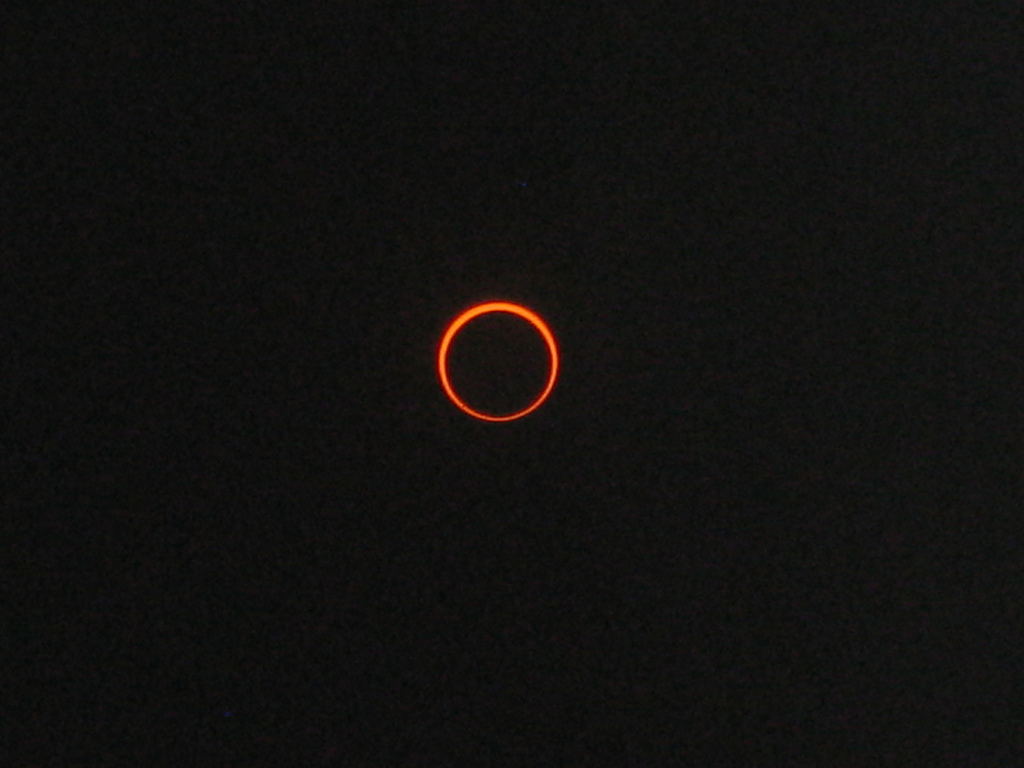The solar eclipse cycle – Saros cycle


The periodicity and recurrence of eclipses is governed by the Saros cycle, a period of approximately 6,585.3 days (18 years 11 days 8 hours). It was known to the Chaldeans as a period when lunar eclipses seem to repeat themselves, but the cycle is applicable to solar eclipses as well.
The Saros arises from a natural harmony between three of the Moon's orbital periods (circa 2000 CE):
Synodic Month (New Moon to New Moon) = 29.530589 days = 29d 12h 44m 03s
Anomalistic Month (perigee to perigee) = 27.554550 days = 27d 13h 18m 33s
Draconic Month (node to node) = 27.212221 days = 27d 05h 05m 36s
One Saros is equal to 223 synodic months. However, 239 anomalistic months and 242 draconic months are also equal to this same period (to within a couple hours)!
223 Synodic Months = 6585.3223 days = 6585d 07h 43m 239
Anomalistic Months = 6585.5375 days = 6585d 12h 54m 242
Draconic Months = 6585.3575 days = 6585d 08h 35m
Any two eclipses separated by one Saros cycle share very similar geometries. They occur at the same node with the Moon at nearly the same distance from Earth and at the same time of year. Because the Saros period is not equal to a whole number of days, its biggest drawback is that subsequent eclipses are visible from different parts of the globe. The extra 1/3 day displacement means that Earth must rotate an additional ~8 hours or ~120º with each cycle. For solar eclipses, this results in the shifting of each successive eclipse path by ~120º westward. Thus, a Saros series returns to about the same geographic region every 3 saroses (54 years and 34 days).
A Saros series doesn't last indefinitely because the three lunar months are not perfectly commensurate with one another. In particular, the Moon's node shifts eastward by about 0.5º with each cycle. A typical Saros series for a solar eclipse begins when new Moon occurs ~18° east of a node. If the first eclipse occurs at the Moon's descending node, the Moon's umbral shadow will pass ~3500 km below Earth and a partial eclipse will be visible from the south polar region. On the following return, the umbra will pass ~300 km closer to Earth and a partial eclipse of slightly larger magnitude will result. After ten or eleven Saros cycles (about 200 years), the first central eclipse will occur near the south pole of Earth. Over the course of the next 950 years, a central eclipse occurs every 18.031 years (= Saros) but will be displaced northward by an average of ~300 km. Halfway through this period, eclipses of long duration will occur near the equator. The last central eclipse of the series occurs near the north pole. The next approximately ten eclipses will be partial with successively smaller magnitudes. Finally, the Saros series will end a dozen or more centuries after it began at the opposite pole. Due to the ellipticity of the orbits of Earth and the Moon, the exact duration and number of eclipses in a complete Saros is not constant. A series may last 1226 to 1550 years and is comprised of 69 to 87 eclipses, of which about 40 to 60 are central (i.e., total, hybrid or annular). For more information, see Saros Series Statistics.
- Read the rest at Eclipses and the Saros
- Periodicity of solar eclipses
Video by SolarWatcher
Featured image: IMG_2851 by http://www.flickr.com/photos/25617342@N00/8754291938

Commenting rules and guidelines
We value the thoughts and opinions of our readers and welcome healthy discussions on our website. In order to maintain a respectful and positive community, we ask that all commenters follow these rules:
We reserve the right to remove any comments that violate these rules. By commenting on our website, you agree to abide by these guidelines. Thank you for helping to create a positive and welcoming environment for all.